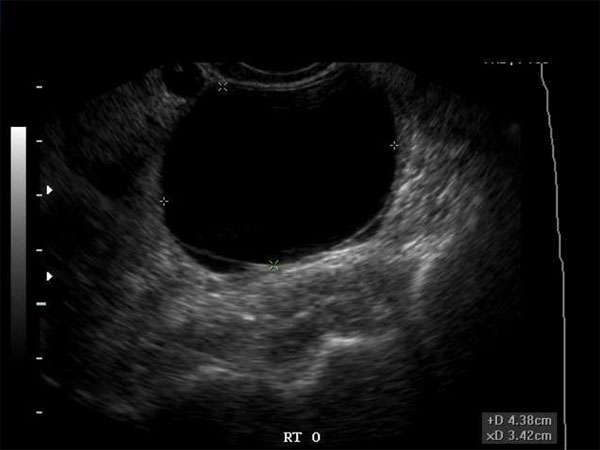Hypoechoic Breast Masses: Exploring Treatment Options and Prognosis
Introduction
When it comes to breast health, identifying and understanding the characteristics of breast masses is crucial. Hypoechoic breast masses, characterized by decreased echogenicity on ultrasound, can raise concerns for malignancy. This article will delve into the various treatment options available for hypoechoic breast masses and provide insights into their prognosis.
Treatment Options for Hypoechoic Breast Masses
1. Biopsy: The first step in managing a hypoechoic breast mass is to perform a biopsy. This procedure involves the removal of a tissue sample for further analysis. A core needle biopsy or a fine-needle aspiration biopsy may be utilized based on the characteristics of the mass.
2. Surgical Excision: In cases where the biopsy results indicate malignancy or there is a high suspicion for cancer, surgical excision may be recommended. This procedure involves removing the entire mass along with surrounding tissue to ensure complete removal.
3. Radiation Therapy: Following surgical excision, radiation therapy may be employed to target any remaining cancer cells and reduce the risk of recurrence. This treatment option is often considered for larger or more aggressive tumors.
4. Chemotherapy: In cases where the cancer has spread beyond the breast, chemotherapy may be recommended. This systemic treatment involves the use of drugs to kill cancer cells throughout the body.
Prognosis for Hypoechoic Breast Masses
The prognosis for hypoechoic breast masses depends on various factors, including the size and stage of the tumor, the presence of lymph node involvement, and the histological subtype of the cancer. Early detection and prompt treatment significantly improve the prognosis.
Continuing Medical Education (CME) Requirements
For sonographers, doctors, nurse practitioners, physician assistants, and other healthcare professionals, continuing medical education (CME) is essential to stay updated with the latest advancements in their respective fields. CME allows healthcare professionals to acquire new knowledge and skills, enhance patient care, and maintain professional competency.
Importance of CME
CME not only ensures that healthcare professionals are up-to-date with the latest research and guidelines but also helps them meet the requirements for maintaining licensure and board certification. By participating in CME activities, healthcare professionals demonstrate their commitment to lifelong learning and continuous improvement in patient care.
To fulfill CME requirements, healthcare professionals can attend conferences, workshops, webinars, and online courses. These educational activities offer opportunities to learn from experts, exchange ideas, and discuss best practices. Additionally, CME credits earned through these activities contribute to professional development and career advancement.
Conclusion
Hypoechoic breast masses require careful evaluation and prompt treatment to ensure optimal patient outcomes. By staying updated through CME, healthcare professionals can enhance their knowledge and skills, improving their ability to diagnose and manage breast masses effectively. Investing in CME is not only a professional responsibility but also a means to provide the best possible care to patients.






